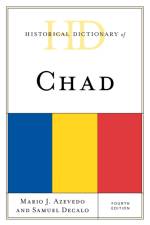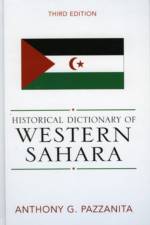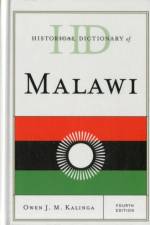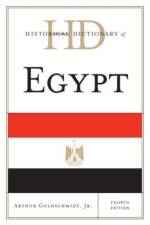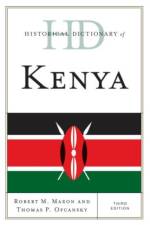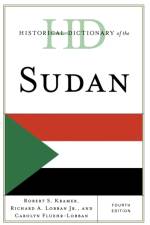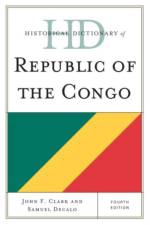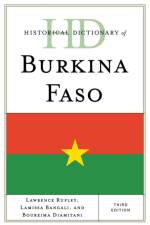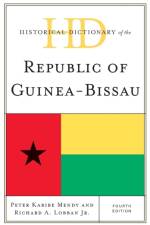av Thomas P. Ofcansky & David H. Shinn
2 511
Ethiopia is one of the world's oldest countries; its Rift Valley may be the location where the ancestors of humankind originated more than four million years ago. With a population of 67 million people today, it is the third most populous country on the African continent after Nigeria and Egypt. It is the source of 86 percent of the water reaching the Aswan Dam in Egypt, most of it carried by the amazing Blue Nile. Ethiopia offers major historical sites such as the pre-Christian palace at Yeha, the stele and tombs of the old Kingdom of Axum, and the rock-carved churches of Lalibela. For anyone interested in Ethiopia, this historical dictionary, through its individual and carefully cross-referenced entries, captures the importance and intrigue of this truly significant African nation. Historical Dictionary of Ethiopia appeals to all levels of readers, providing entries for each of Ethiopia's 85 ethnic groups and covering a broad range of cultural, political, and economic topics. Readers interested in the cultural aspects or who are planning to visit Ethiopia will find a wealth of entries on art, literature, handicrafts, music, dance, bird life, geography, and historic tourist sites. Practitioners in government and non-governmental organizations will find entries on pressing economic, social, and political issues such as HIV/AIDS, female circumcision , debt, human rights, and the environment. The important historical role of missionaries and the combination of conflict and cooperation between Christians and Muslims in the region are also issues reviewed. And, finally, many of the entries highlight relations between Ethiopia and her neighbors-Eritrea, Somalia, Somaliland, Djibouti, Kenya, and Sudan. In the bibliography, considerable emphasis has been placed on including both new and old materials covering all facets of Ethiopia, organized for easy identification by areas of major interest.

